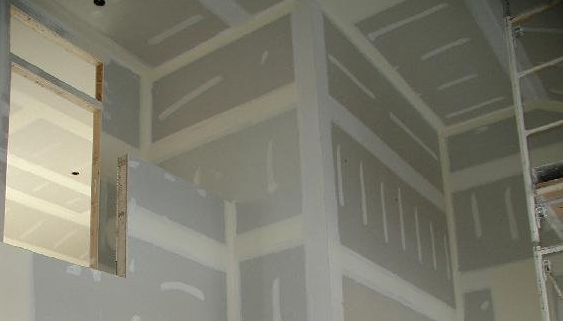

Sometimes, you might need to know how which product is the best to use for simple repairs instead of fully taping drywall seams. The application tends to indicate which product is the best fit for your project. However, small repair jobs that need a faster drying time may prefer to use patching plaster. Homeowners who have lots of taping to do might favor joint compound. However, it is an ideal product to use in small areas that are larger than 1/8” in size or areas that are prone to more cracking. Because of the thicker consistency, you will likely have to sand it down more heavily before you can achieve a seamless finish between two sheets of drywall. If you decide to use plaster, you will find that the entire project becomes more labor-intensive. As it dries and sets, this drywall mud is also more prone to cracking. Keep in mind that joint compound is only ideal for gaps that are 1/8” or less.
#STUCCO VS PLASTER VS MANUAL#
Using joint compound instead of plaster allows you to get a smoother wall surface with less manual effort.

It also allows you to spread a thinner coat that can be more easily sanded when the project is finished. Joint compound has a longer working time, which could be ideal if you are unaccustomed to taping drywall seams. If this describes you, then you are most likely looking for joint compound. joint compound need to tape their drywall seams. Most people who are wondering about the difference between plaster of Paris vs. In order to decide which one to use, you must consider the application. This difference in consistency is one of the most important features that sets the two categories apart. Unlike joint compound, this mixture forms a relatively thick paste. On the other hand, plaster is made up of lime or a combination of gypsum powder, sand, and water. This joint compound is sometimes also referred to as drywall mud by the professionals. Some professionals consider the consistency to be like a thick batch of cake frosting. Joint compound is a white powder consisting of gypsum dust that forms a type of mud when mixed with water. Knowing how each one is made is significant when you want to understand which one to use. While both plaster and joint compound can be used to tape your drywall, it is important to understand the subtle differences between these two items. If you’re not sure which one to choose, here are a few things you might want to consider. plaster is can help you to make the right decision for your next project.

Understanding the basic differences between joint compound vs. Both advertise that they can perform the same basic tasks, so how do you know which one is right for your project? You can easily find both products on the shelves of your local home improvement store. Whether you are taping drywall seams or patching a hole in the wall, most homeowners are inevitably faced with a choice between joint compound and plaster.


 0 kommentar(er)
0 kommentar(er)
